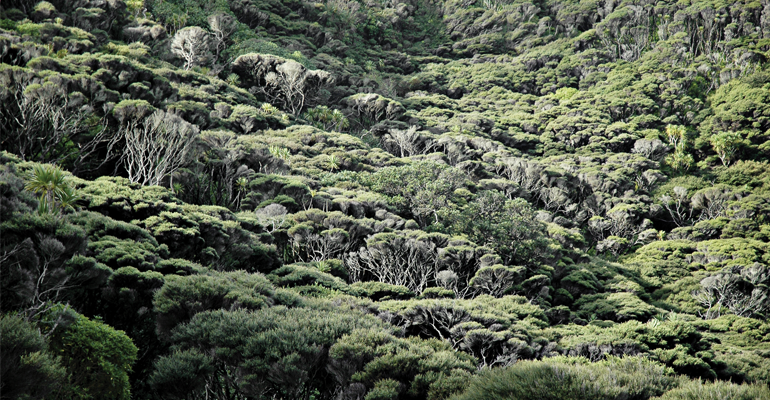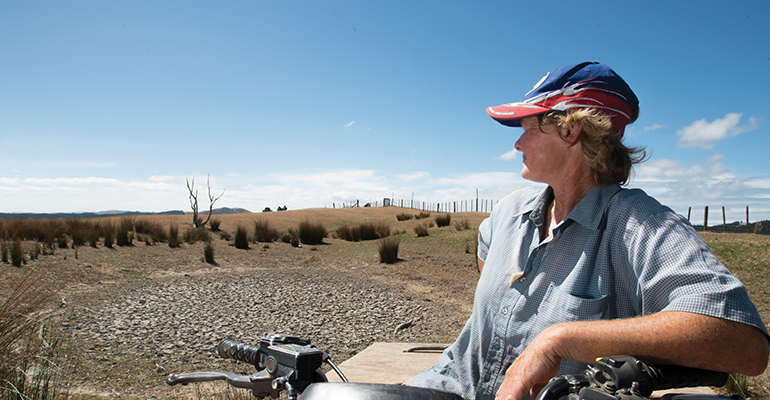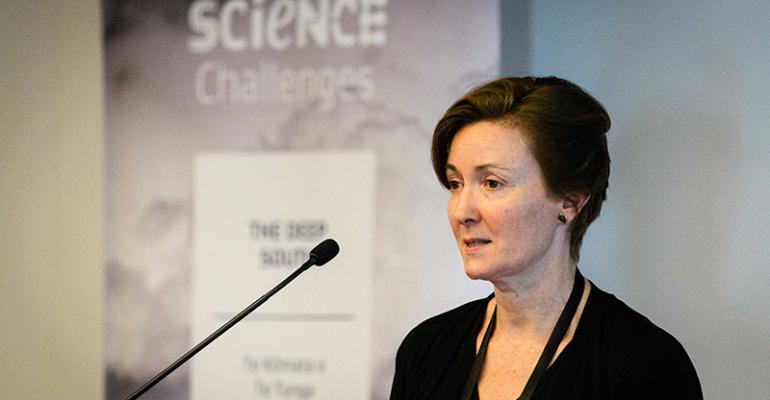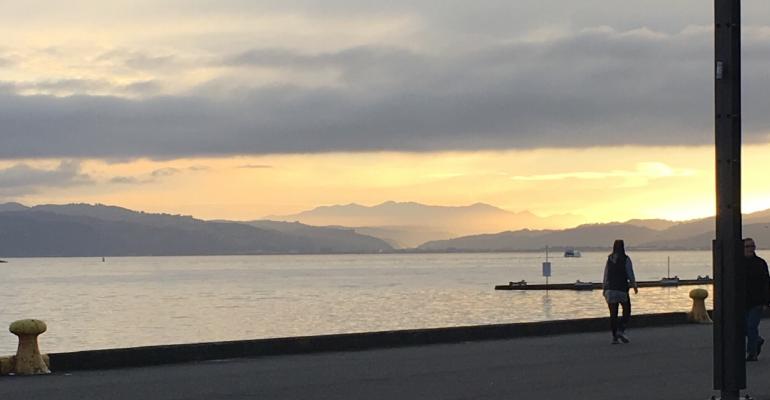Understanding the reproductive cycle of the blue mussels, particularly in a changing climate, will help us design better local and national management strategies for the species and help safeguard the species’ survival.
My family has very strong ties to the ocean, with my parents and grandparents growing up in and around the water. I grew up in Dunedin, and also spent a lot of time in and around the water, whether that was mucking around in boats, competitively sailing, free-diving or just swimming in local bays. I’ve always been fascinated by the ocean and this curiosity blossomed in science class when I started high school. My love of the ocean, combined with my passion for doing science, led me into the marine science field, and I began studying at the University of Otago. As I came through university, a desire to ask questions and find answers grew. This led me to do a masters in marine science.
My research is focussed on the blue mussel and the potential impacts of climate change on this important species. Compared to other regions around the world, little work has been conducted on the blue mussel in New Zealand. As the blue mussel plays such an important role in the ecosystem, it’s important to gather knowledge about this organism. I’m looking at the mussel’s reproductive cycle – how it changes across varying latitudes and with differences in seasonal biochemistry. The second part of my research focuses on examining how different ocean warming scenarios, across varying latitudes, will impact larval survival rates.
Many people have inspired me on my journey so far. My biggest inspiration to work in the field of marine science was my high school science teacher, who had an infectious passion for the ocean and the problems the world is facing, such as climate change. I really enjoyed the subject and become engrossed in what we could do to play our role in helping the planet. Further inspiration has come while at university, seeing the impacts people can make through conducting research.
As a recipient of a Vision Mātauranga scholarship, I really value Māori approaches to conservation and understanding the environment. In particular, I value the holistic way of understanding the environment and the connections between all elements in the ecosystem. Māori approaches, I believe, are important when working in marine ecosystems, which are highly interconnected. I hope my research contributes to a wider understanding of the marine environment in New Zealand, as well as providing another piece of the puzzle for managers of local environments – such as iwi – to make more informed environmental decisions.





